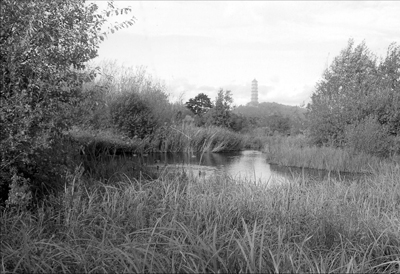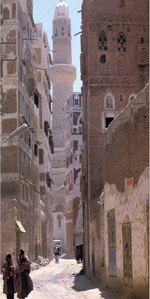You are in: Home page > Magazine Archive > Morphological growth of the historical city

Polarities (territory)
Abstract
A city can be considered unitary in its conception, yet infinitely plural in its phenomenal manifestations. Its histories and identities tell us of the societies that traced and settled over centuries. Fascinating traces because they are devoid of formal conditioning, but on the contrary, point to the “structural” substance of places and societies; because they are attentive to the logic of formation and transformation of a territory, rather than to its historiography; because, if we know how to read and interpret them, they translate into a conscious basis for contemporary urban design.
Morphology is the discipline concerned with the interpretation of these traces.
A city can be considered unified in its conception, yet infinitely plural in its phenomenal manifestations. Its histories and identities tell us of the societies that traced and settled over centuries. Traces yet laden with semantic value and hence a fascinating vehicle for understanding the anthropic landscape. Fascinating, because they are devoid of formal conditioning, but on the contrary, point to the “structural” substance of places and societies; because they are attentive to the logic of formation and transformation of a territory, rather than to its historiography; because, if we know how to read and interpret them, they translate into a conscious basis for contemporary urban design. Morphology, as the study of the “semantic form”w of an urban fabric, is the discipline concerned with the interpretation of these traces. Concepts like “urban polarity”, “urban fabric“ and “neighbourhood building-unit” embody in fact the highest level of interpretation of environmental factors and social needs, thus drawing the latent grid through which urban phenomena have taken place over history.
Morphology can then identify, in our opinion, the “structural nexus” on which the concrete existence of a city is founded in its gradual temporal development. An extremely important nexus, because it combines analysis with synthesis, interpretation with design; because the “real” whole of the structures of a city is the bearer, over time, of as many social, economic and cultural structures; because understanding its formative logic means participating in its dynamic process of transformation, means planning its future in the “structural” consciousness of its past.
Clearly the concept of “compact city” is then at the basis of this methodology. A flexible and dynamic city that finds in its transformation process, in its morphology, the capability to adapt itself to the rapid changes of contemporary society, without losing the thread of its history: “the incomprehension of present fatally originates from the ignorance of past, but it is useless to try to understand the past if we know nothing of the present” (Bloch 1949).
References
(2009) “Fringe-belt theory and polarities-landmarks theory” in Urban Morphology vol.13 n°1.
Bloch, M. (1949) “Apologie pour l’Histoire ou métier d’historien” in Cahier des Annales n°3, Librairie Armand Colin, Paris. (trans. by the author).
Marco Maretto is Researcher in Architecture and Urban Design. University of Parma.
PhD in Architectural Design. University of Genoa.
Master degree in Architecture. University of Rome “La Sapienza”.
Council member of the International Seminar on Urban Form (ISUF).

Polarities (urban)














